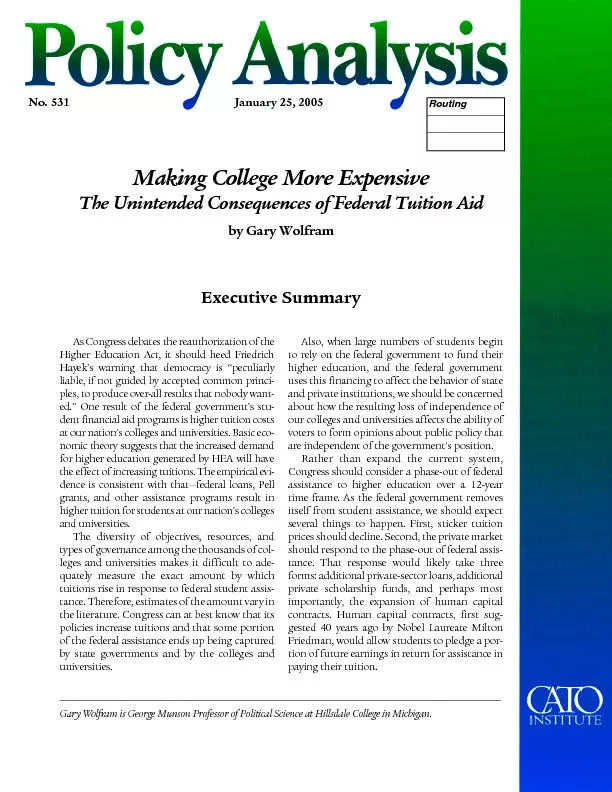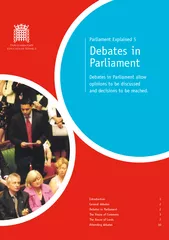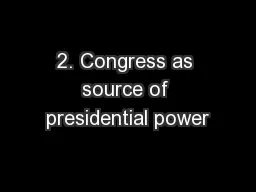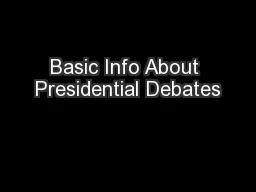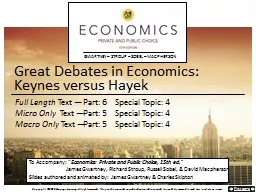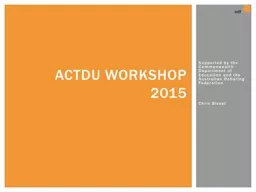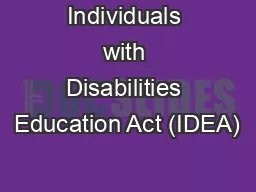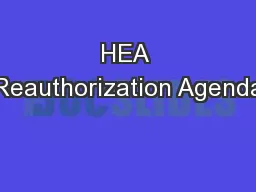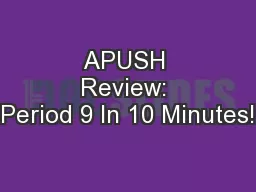PDF-As Congress debates the reauthorization of theHigher Education Act, it
Author : danika-pritchard | Published Date : 2016-03-23
Routing Making College More ExpensiveThe Unintended Consequences of Federal Tuition Aidby Gary Wolfram Gary Wolfram is George Munson Professor of Political Science
Presentation Embed Code
Download Presentation
Download Presentation The PPT/PDF document "As Congress debates the reauthorization ..." is the property of its rightful owner. Permission is granted to download and print the materials on this website for personal, non-commercial use only, and to display it on your personal computer provided you do not modify the materials and that you retain all copyright notices contained in the materials. By downloading content from our website, you accept the terms of this agreement.
As Congress debates the reauthorization of theHigher Education Act, it: Transcript
Download Rules Of Document
"As Congress debates the reauthorization of theHigher Education Act, it"The content belongs to its owner. You may download and print it for personal use, without modification, and keep all copyright notices. By downloading, you agree to these terms.
Related Documents

